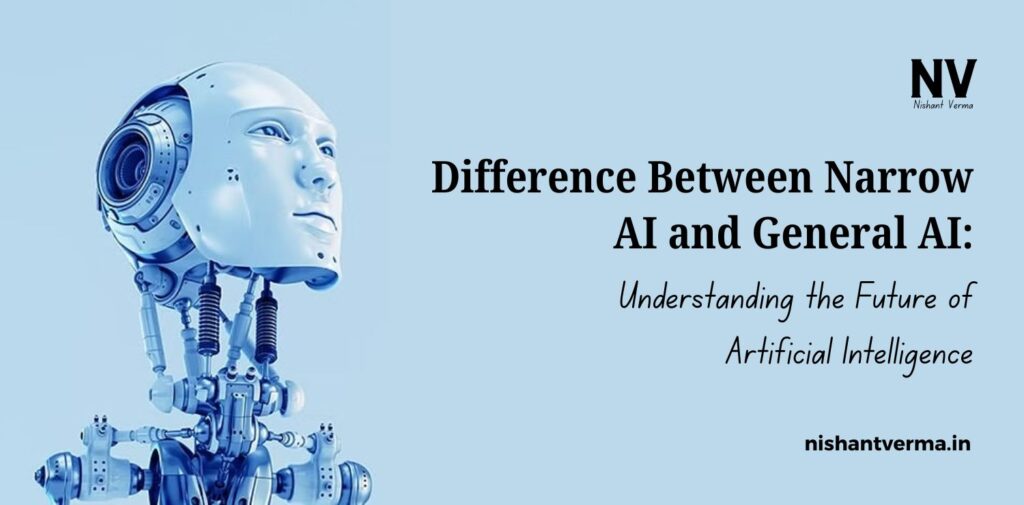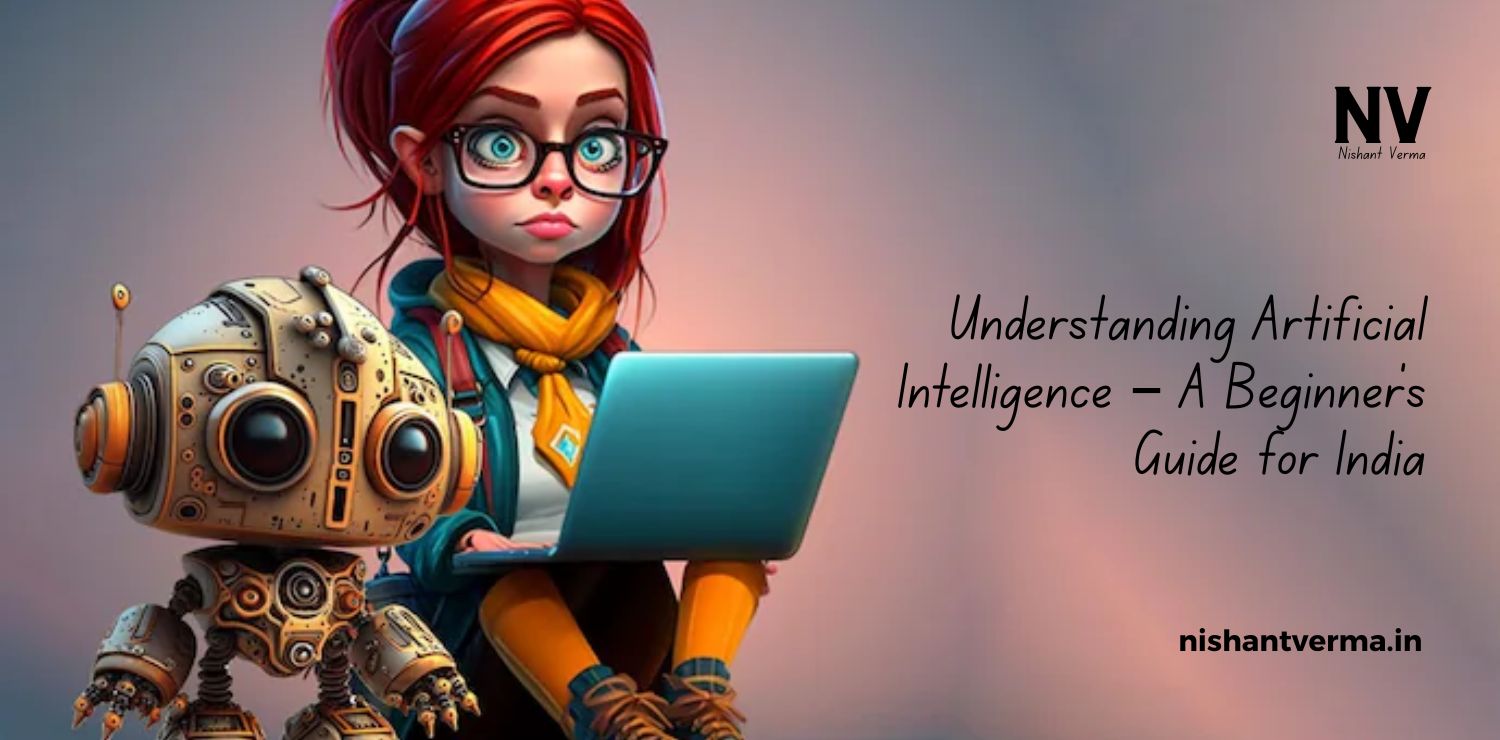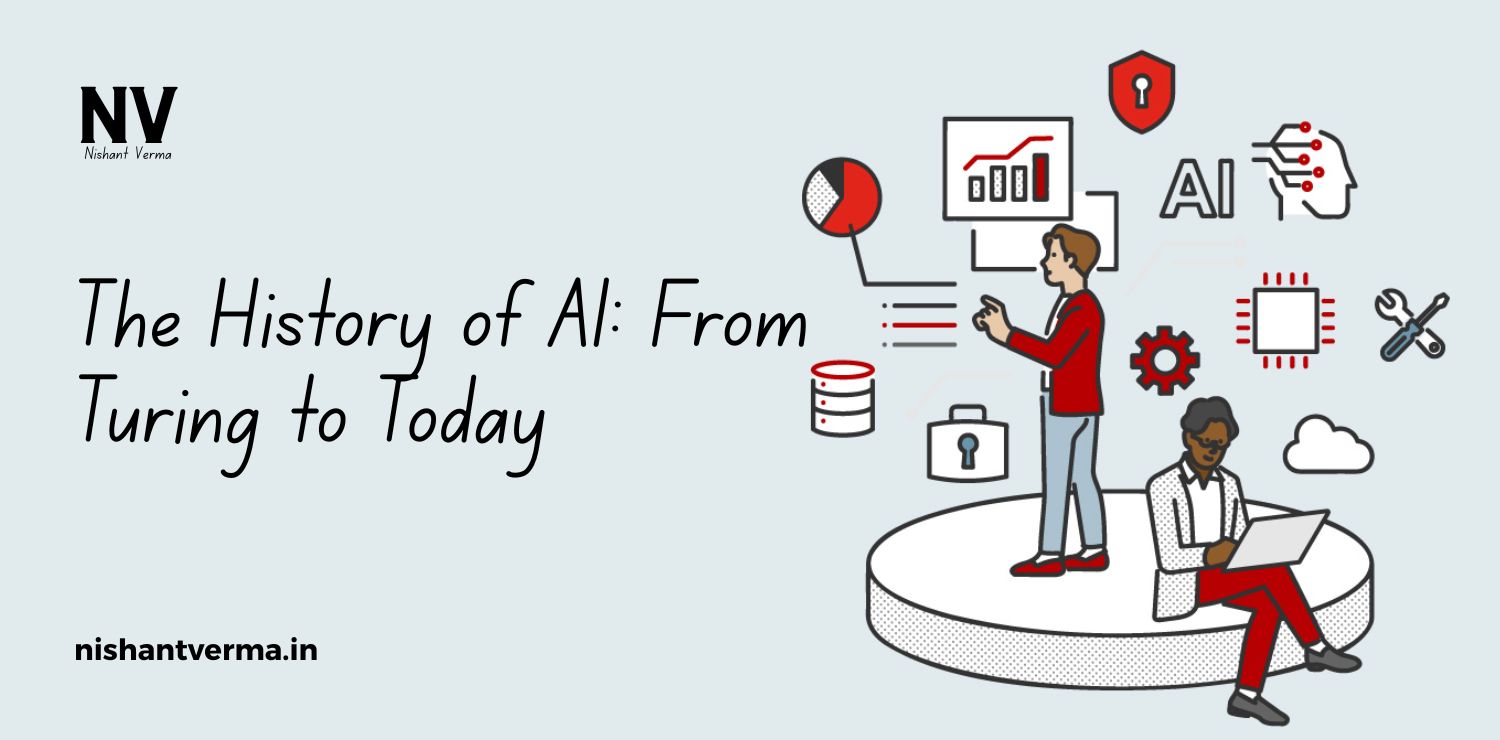Artificial Intelligence (AI) is slowly becoming a part of our daily lives in India, from using voice assistants like Alexa to watching movie recommendations on Netflix. But have you ever wondered how AI works or what types of AI exist? In this article, we will talk about two main types of AI — Narrow AI and General AI — in simple language that everyone can understand. You will also get to know why it is important to learn about this difference and how it will affect our future.
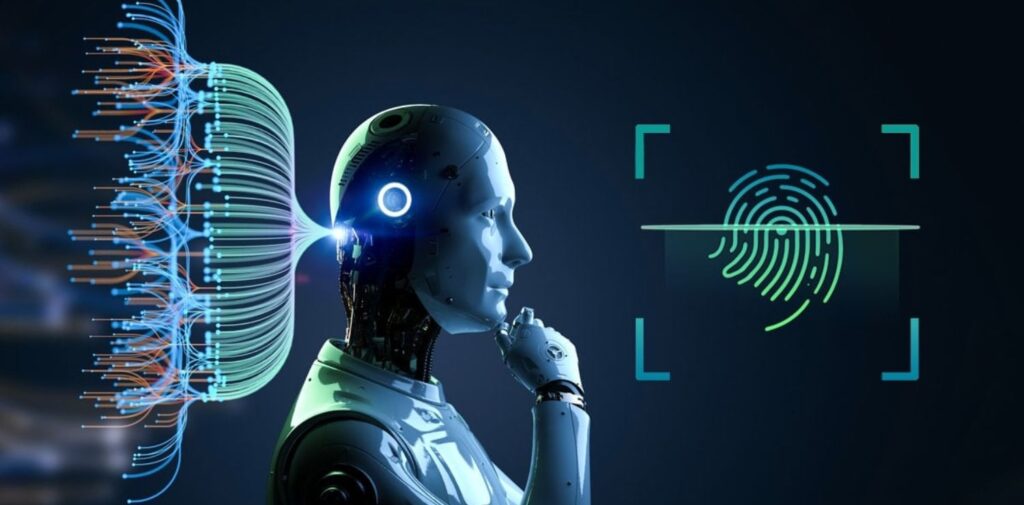
What is Artificial Intelligence (AI)?
Before we talk about the types, let’s first understand what AI means. Artificial Intelligence is a branch of computer science that deals with building machines and systems that can think, learn, and make decisions like humans. In simple words, AI enables computers to perform tasks that normally require human intelligence, such as understanding language, recognizing faces, solving problems, or even driving cars.
AI is used in many places today — smartphones, online shopping apps, ATMs, digital assistants like Siri or Google Assistant, and even in healthcare and farming. But not all AI systems are the same. That’s where Narrow AI and General AI come in.
Understanding Narrow AI: The AI of Today
Narrow AI, also known as Weak AI, is the type of AI that we use today. It is designed to perform a specific task. These systems are smart in one area, but they can’t do anything outside that area.
For example, a spam filter in your email is Narrow AI. It can detect and block spam messages very well, but it cannot help you book a train ticket or answer questions about cricket. Similarly, Google Maps uses AI to help you reach your destination faster, but it doesn’t understand your mood or emotions.
Other examples of Narrow AI include:
- Voice assistants like Alexa, Siri, and Google Assistant
- Recommendation systems on Netflix, YouTube, and Amazon
- Face recognition used in mobile phones or CCTV cameras
- Chatbots on websites
- Language translation tools like Google Translate
In all these examples, the AI is limited to a single task. It learns from data and improves over time, but it does not have the ability to think or make decisions beyond its purpose.
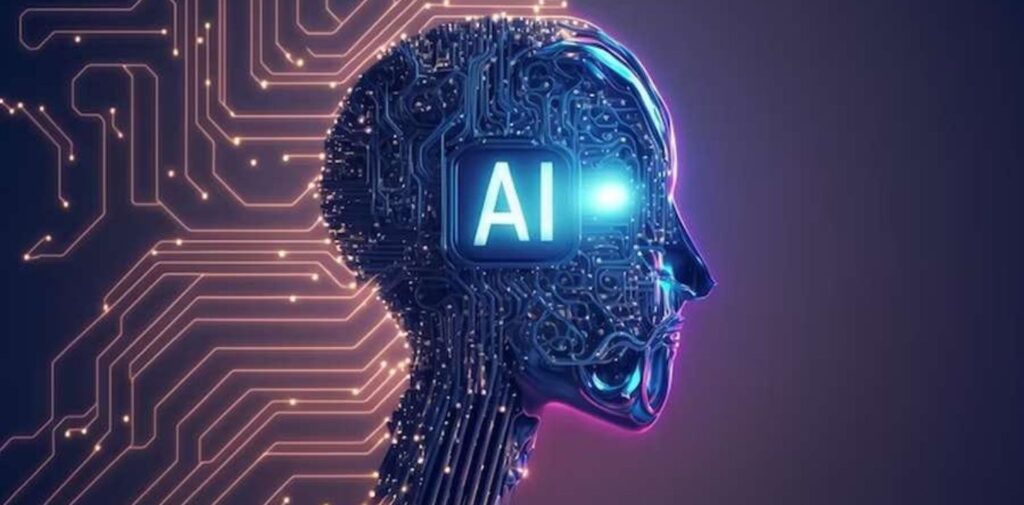
Understanding General AI: The AI of the Future
General AI, also known as Strong AI, is a type of AI that does not exist yet, but researchers and scientists are working on it. This AI will have human-like intelligence and the ability to understand, learn, and perform any intellectual task that a human can do.
Imagine a robot that can cook food, give you emotional support, solve your math homework, discuss politics, and also play cricket with you — all at the same time. That’s what General AI would be like.
It will be able to think logically, understand feelings, make its own decisions, and even create new ideas. It won’t be limited to one task like Narrow AI. It will be like a human brain in a machine.
But building General AI is very difficult. Our brain is extremely complex, and we still don’t fully understand how it works. So, making a machine that can think and learn like a human is a huge challenge. Scientists around the world, including in India, are working on this, but it might take many more years or decades to become reality.
Main Differences Between Narrow AI and General AI
Let us now look at the key differences between these two types of AI in simple terms:
- Scope of Work: Narrow AI can only do specific tasks. General AI can perform any intellectual task like a human.
- Flexibility: Narrow AI is limited to its programming. General AI can adapt to new situations and learn anything.
- Existence: Narrow AI exists today and is used in many areas. General AI is still in development and does not exist yet.
- Learning Ability: Narrow AI learns only from the data it is trained on. General AI can think, reason, and make independent decisions.
- Emotions and Consciousness: Narrow AI does not understand emotions. General AI is expected to understand and possibly even feel emotions in future.
Why Should Indians Care About the Difference?
You might wonder why knowing the difference between Narrow AI and General AI is important for us in India. The answer is simple — AI is shaping the future, and India is one of the fastest-growing countries in technology.
Understanding AI will help Indian youth choose the right careers, help businesses grow using AI tools, and also allow people to be aware of the changes AI might bring in society.
In India, AI is already helping in:
- Agriculture: Drones and smart systems help farmers know when to plant and harvest.
- Healthcare: AI helps in early disease detection and providing better treatment.
- Education: Smart learning platforms are making education more personalized and available in regional languages.
- Finance: AI is being used in fraud detection and improving customer service in banks.
As AI becomes more common, the gap between those who understand and use it and those who don’t will also grow. So, knowing even the basics can be very useful.

What Does the Future Hold for India and the World?
The future of AI is very promising but also uncertain. With Narrow AI, we are seeing great progress in almost every field. But with General AI, there are also fears. Some experts worry that if machines become more intelligent than humans, it might be hard to control them.
That’s why many Indian researchers and tech companies are also working on building responsible AI systems. The Indian government has also launched national programs to support AI in agriculture, education, and health.
If used wisely, AI can solve many of India’s problems — from traffic jams to poor healthcare in rural areas. But we must also ensure that we use AI ethically, so it benefits everyone equally and doesn’t create job loss or social problems.
Conclusion: A Step Towards a Smarter Tomorrow
To sum up, Narrow AI is the AI we use today for specific tasks, while General AI is a dream for the future — an AI that can think and act like humans. Knowing the difference is important for students, professionals, and even common citizens, especially in a country like India where technology is growing fast.
Whether you are a college student thinking about your future, a business owner exploring new ideas, or just someone curious about the world, learning about AI can give you an edge.
The journey of AI has just begun. And as India moves forward, being part of this journey can open up exciting new opportunities.

